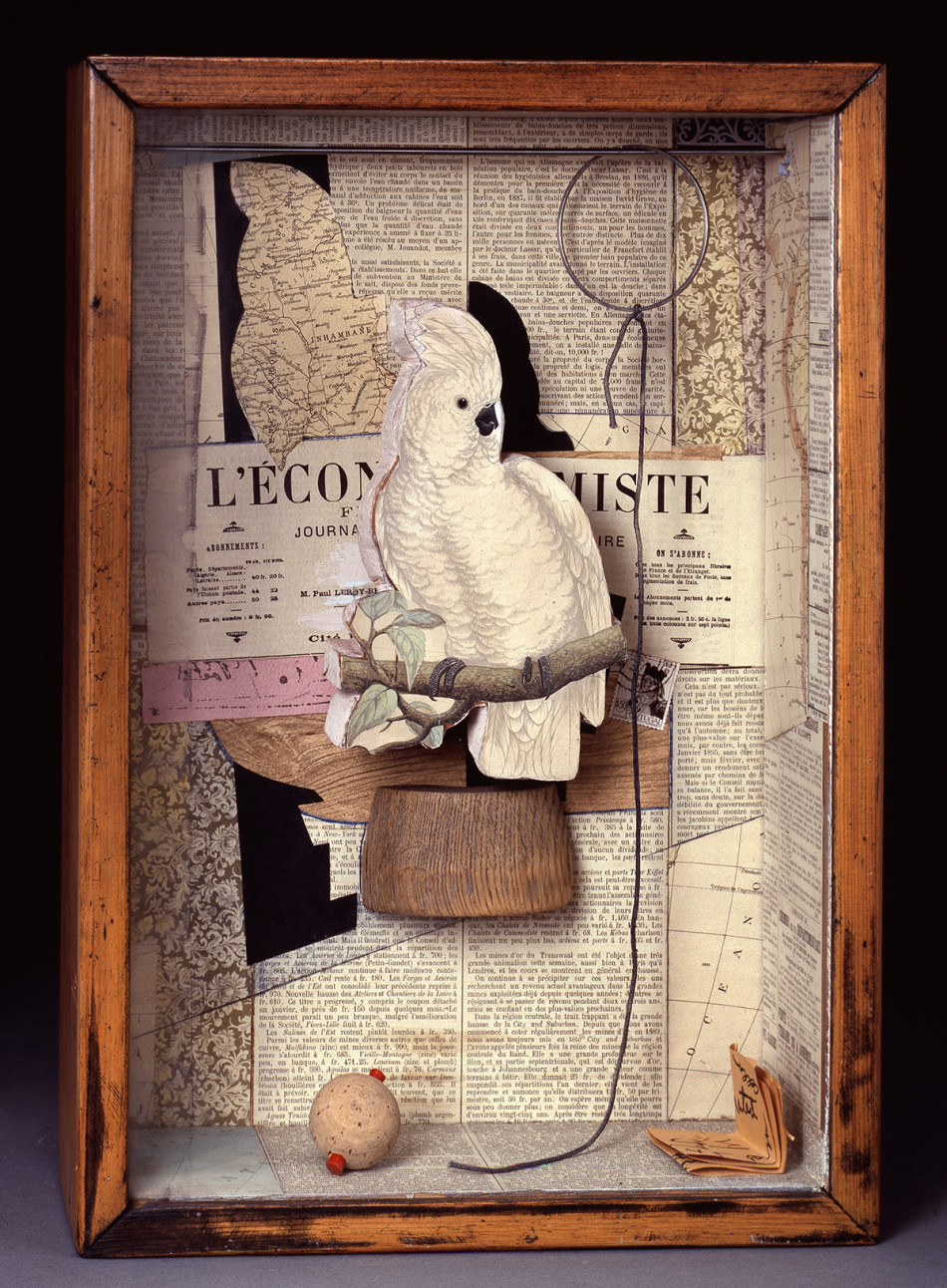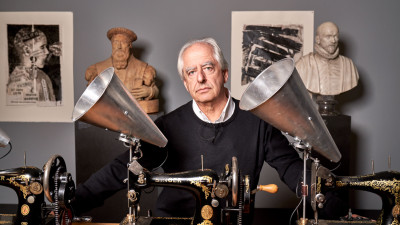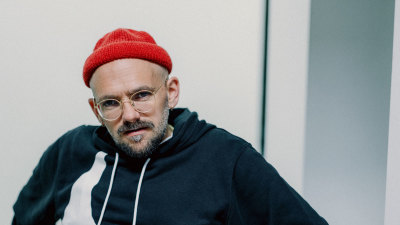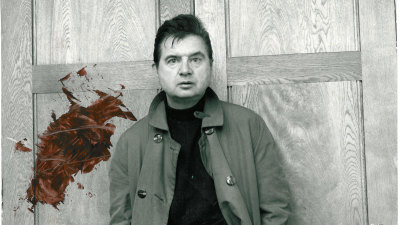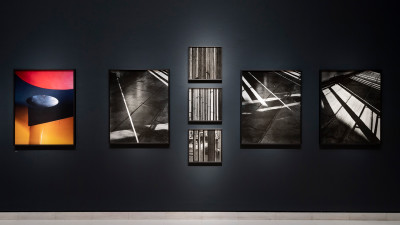Joseph Cornell: the story so far
Joseph Cornell: the story so far
By Tom Jeffreys
Published 14 October 2014
Next year’s exhibition of Joseph Cornell will give a unique opportunity to view the magical works of this incomparable artist. We caught up with curator Sarah Lea to learn about the genesis of the show.
-
“Joseph Cornell is a long-held passion for me, so the RA’s Wanderlust exhibition is very special. I’ve curated the exhibition with Jasper Sharp of the Kunsthistorisches Museum Vienna, where it will go after the RA. It’s always frustrated me that it’s so difficult to see Cornell’s work. As one of the most original artists of the twentieth century, he is widely celebrated in the States, but remains underrated here. It’s been over 30 years since his last solo exhibition in the UK and relatively few of his works are in European public museums, so this is a really rare chance to discover the magic of Cornell’s works.
"Self-taught, Cornell’s art was homespun in the basement of an ordinary house, where he lived with his mother and disabled brother. In reality he hardly left New York, but he was a well-travelled soul. Scouring Manhattan’s bookshops or beachcombing on Long Island, he embarked on imaginary voyages. The things he collected are often imbued with the romance of foreign places and nostalgia of times past. Old photographs and maps, shells, postage stamps, watch parts, marbles become transformed in his marvellous creations.
-

Joseph Cornell, A Parrot for Juan Gris, 1953-54.
Box construction. 45.1 x 31 x 11.7 cm. The Collection of Robert Lehrman, courtesy of Aimee and Robert Lehrman Photo The Robert Lehrman Art Trust, courtesy of Aimee and Robert Lehrman. Photography: Quicksilver Photographers, LLC. © The Joseph and Robert Cornell Memorial Foundation/VAGA, NY/DACS, London 2015.
-
“Born in 1903, Cornell’s idyllic childhood was characterised by a very Victorian mix of education and play, but everything changed when his father died. After a spell at college, he had to work nine-to-five jobs to support his family. He’s often associated with Surrealism, but amateur and scientific traditions are equally important influences, especially the interest in collecting and categorising, which has such resonance in today’s world of scrapbooking and Pinterest.
"But Cornell was not as cut off from the art world as is often thought. The long list of people he knew is surprising. He was friends with Marcel Duchamp and Robert Motherwell, he also knew Rothko and de Kooning and received visits from younger artists like Warhol. When you think about it, aspects of Cornell’s art can be found in later movements like Pop or Fluxus.
-

Joseph Cornell, L'Égypte de Mlle Cléo de Mérode cours élémentaire d'histoire naturelle, 1940.
Box construction. 11.9 x 27.1 x 18.4 cm (closed). The Robert Lehrman Art Trust, courtesy of Aimee and Robert Lehrman Photo The Robert Lehrman Art Trust, courtesy of Aimee and Robert Lehrman. Photography: Quicksilver Photographers, LLC. © The Joseph and Robert Cornell Memorial Foundation/VAGA, NY/DACS, London 2015.
-
“I’m very lucky to have had admired his works at close quarters during my research. They’re hard to describe in words, or understand in reproduction. Each lovingly constructed piece rewards your attention, opening up a mysterious world of associations. For me the wonder of Cornell is that his work can’t be broken down into codes; it’s about intuition and atmosphere, not logic. One of the challenges, though, is that many contain kinetic parts – Cornell even lent them to neighbourhood children to play with. Unfortunately they’re too fragile and valuable to handle now, so we’re hoping to include some inventive design and audio-visual elements to present them in the spirit he intended.
"One of the revelations of this show is the diversity of Cornell’s media: beyond his well-known boxes, you’ll see collages and even montage films made from spliced found footage, revealing how far ahead of his time Cornell was. I’m particularly looking forward to seeing visitors in the galleries, because watching people’s reactions will be just as special as looking at the works themselves.”
Joseph Cornell: Wanderlust is in The Sackler Wing at the RA from 4 July – 27 September.
Tom Jeffreys (@tomjeffreys) is a writer, editor and curator.
Sarah Lea is co-curator of Joseph Cornell.
